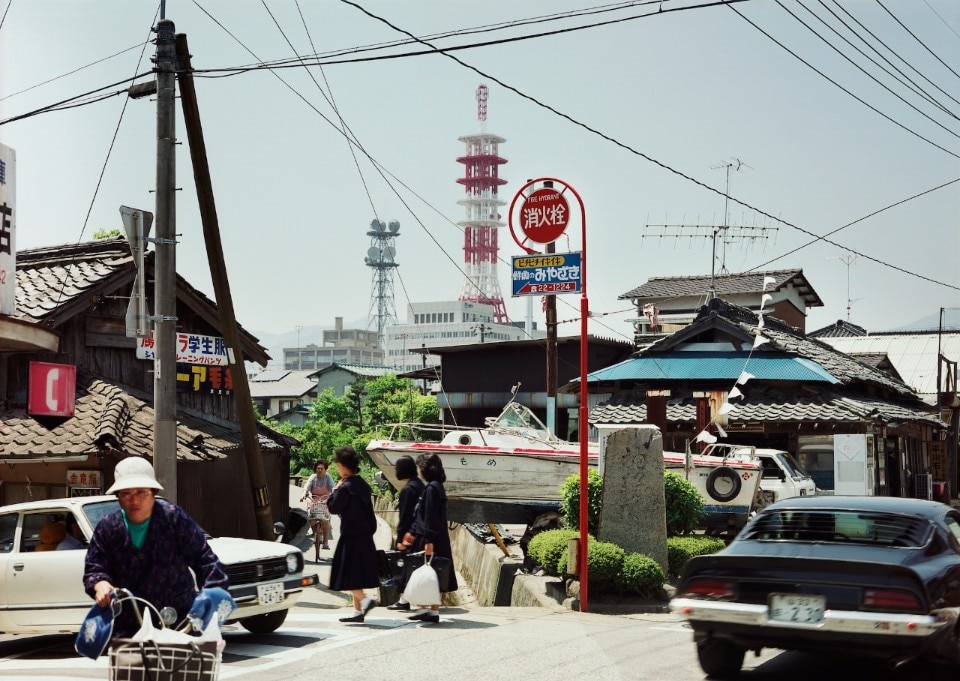This article was originally published in Domus 1050, November 2020.
The dimensions of our physical and imagined world have been profoundly challenged. We have been forced to consider the importance of the things close at hand and to readjust the horizon of our daily lives. In this time of insularity, we have had the opportunity to develop new perspectives on our personal world and our connections. It has served as a pause to consider the qualities and merits of proximity in relation to the opportunities and anxieties of the global world we live in.
As architects, designers and planners we are continuously altering the scale of our ambitions. We have been trained to imagine possibilities beyond our immediate task while tempering our idealistic tendencies and adopting a more instrumental approach to the apparently inevitable priorities of society. Instinctively we oscillate between visions and realities, between physical detail and societal overview. Ultimately, we want to inspire through actions and physical results. We are trained to outwardly accept the limitations of our tasks but work towards bigger ideas through strategies of subversion and ingenuity, hopefully creating unexpected positive results. The dimensions of our subversion are, however, inevitably limited to the physical or programmatic boundaries of our immediate subject. Precision of idea and realisation are, of course, critical to our work. We are inspired by the consideration of the particular, by the material, the visceral and the experiential. Our work is given focus by the interpretation of the task within these measures. This has long been the craft of architecture.
What, then, is the role of the architect when the challenges of our time require us to tackle issues of a far larger scale, that require a more complex engagement of social representation, environmental consideration and political mandate? Only in confronting these can we broach new levels of our professional potential. We must learn how to concentrate our skills and use our ability to mediate scale, from a consideration of the tangible and experiential to the conditions of community which involve proactive analysis and planning.
Planning is critical to our task. On its own, architecture cannot do much more than amuse and – at best – inspire, and its potential only becomes interesting when it contributes to a larger idea of our built environment. In order to achieve this, we must help to redefine the process of decision-making and of participation, so the dominant agendas are not purely those of unfettered investment and vested interests. We must give priority to the voices of people concerned with the direct experience of a project, who see it at a scale both more intimate or grand than we can. We can help towards this by celebrating examples that encourage the process of planning governance, that consider our environment with expectations of the quality of life it can and should provide.
Over these 11 months of Domus, we have witnessed a consistent desire from architects and designers to get closer to the real challenges of society and a concern that we have been distracted and distanced from them. Through our studio visits we have met colleagues expanding practice in a multitude of ways. We have found direct engagement with social issues of their immediate context in the more explicitly challenged areas of the “developing” world, and we might hope to learn from their convivial approaches to architecture for our equally divided “developed” societies.
At the larger scale, we have heard concerns about cities reaching their limits: the effects of over-tourism on the nature of the city, the anxieties of gentrification, the impact of poor governance, and the ambitions to reshape cities around the ideas of proximity. Alongside this, we have discussed the evolving processes and forms from which architecture is made, whether sociocultural ideas or modes of construction (questioning our commitment to build tall). It is evident that we must better harness technologies and revisit the value of inherited wisdom not as a regression but as a confident continuity.
In his powerful essay in June (Domus 1047), Eric Klinenberg called for the recognition of “social infrastructure” and the need to “engineer civility” into our work. From all sides we heard an appeal that the planning process should be more inclusive, from Switzerland we heard an argument for radical participation, and we have seen inspiring new modes of community-led procurement and inventive reuse. What comes through most urgently is the need to design housing for everyone. Too many people across the globe are sheltering in endlessly “temporary” conditions, deprived of their basic right to a home. As Tomà Berlanda made clear in May (Domus 1046), it is our “duty to design spaces for life and human activities, no matter where” – the realm of architecture must expand.
The world of design is equally tormented by a desire to have more social purpose – references to William Morris and Victor Papanek abound. In one of their many thoughtful and inspiring articles, Jasper Morrison and Francesca Picchi praise the Thonet No. 14 chair (Domus 1043) as an exemplary design driven by a desire to make something elegant, economic and practical. It was a potent reminder of the purpose of beautiful design.
Throughout all the contributions, we can find some clear ideas to take forward: get closer to users, stay connected to the process of making, look for inspiration in other fields, engage in the idea of community, think about resources and do more with less. The advice seems consistent and underlying it all is the fundamental need to reconsider scale. At what level are critical decisions made? In whose interests are criteria developed? And how – as this magazine has asked so often in the past – do we build society?
Opening image: Thomas Struth, Crossing at Old Main Street, Yamaguchi 1986. Chromogenic print, 66x84cm


